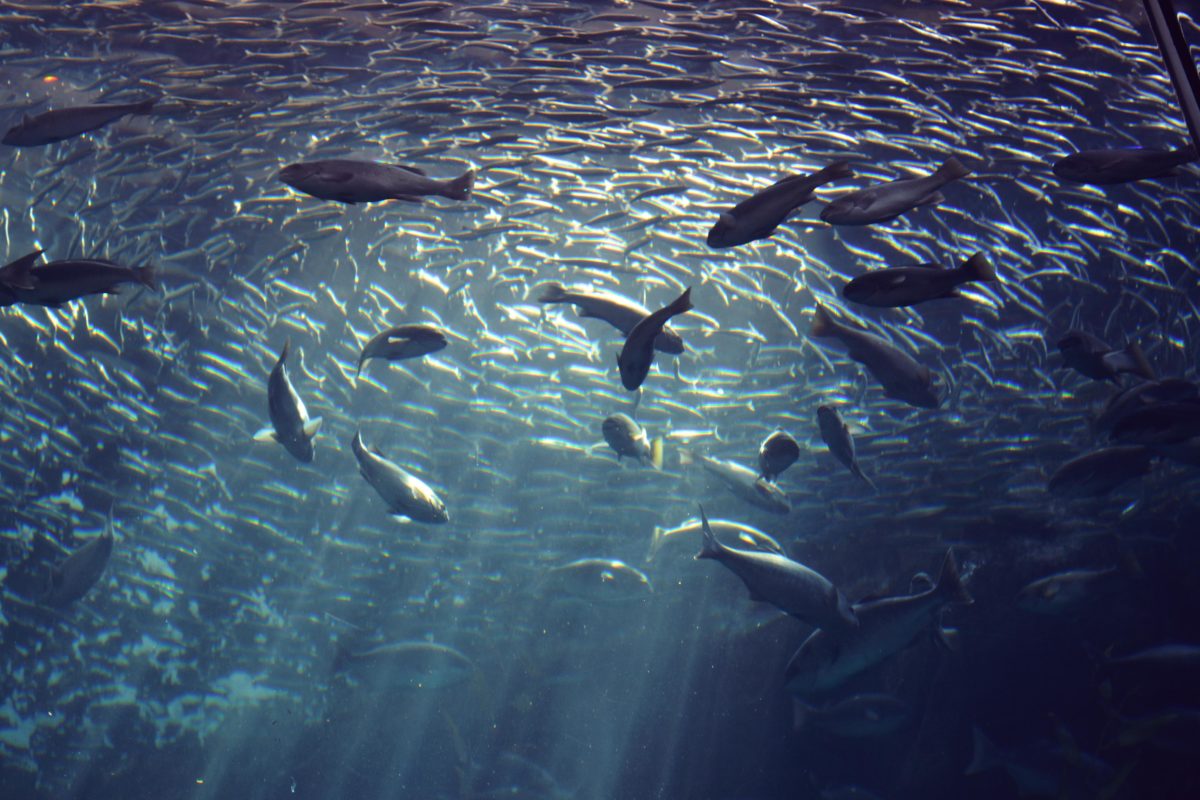August 17, 2016
When thinking of Brazilian agriculture, most people would probably first think of grain or beef production but aquaculture may one day be added to this list, according to Rabobank.
Competing with the U.S. to be the world’s top meat producer and exporter, Brazil is expected to produce 33.7 million tons of meat in 2025/26, indicating a7.8 million ton (30.7%) increase in production from 2015/16, according to data released by the Brazilian Agricultural Research Corporation and the country’s Ministry of Agriculture, Livestock, and Food Supply and reported in Global Meat News.
The U.S. Department of Agriculture’s (USDA) Foreign Agriculture Service expects Brazil’s total coarse grain output for 2016/17 to be 82.96 million tons. Meanwhile, combined corn and soybean production has increased from 88 million tons in 2006 to 160 million tons in 2016. It’s this output combined with low local grain prices, that is driving expansion not only in Brazil’s beef sector, but is playing a supporting role in positioning the country to become a top aquaculture producer as well, says Rabobank.
In its latest report, “Feeding Nemo – Turning Brazil’s Economic Turmoil into Seafood Business Opportunities,” Rabobank forecasts that Brazil’s tilapia output will increase by 10 percent per year to 2020, reaching production of 490,000 tons, reports Seafood Source. In addition, the country’s yearly production of its native freshwater species, tambaqui (Colossoma macropomum) is expected to reach 330,000 tons over the same period of time.
Rabobank has identified the nascent potential for aquaculture growth in the country, however, for now, Brazil’s aquaculture output trails China, India, Indonesia, Norway, Chile, and Ecuador due to multiple challenges.
“A combination of red tape and insufficient supportive legislation, infrastructure and investments by both the domestic industry and multinational seafood groups, as well as – until recently – a highly overvalued currency which rendered imports very competitive throughout most of the past decade have discouraged the development of the sector,” said the report.
However, despite these challenges, Tilapia production in the country is particularly earmarked for expansion due to its feed conversion rate of 1.4, according to Embrapa and the Brazilian Confederation of Agriculture and Livestock, and given its low capital and tech input requirements Rabobank estimates that small and medium sized tilapia farmers in the country can realize 20% profit margins reports Seafood Source.
“As a locally farmed and relatively low-cost fish, tilapia is ideal for the current recessionary environment,” said Rabobank. “In the medium term, the next stage of development will be to enter the fresh fillet export market, while in the long-term, it may even be possible to compete with China on the frozen fillet market.”
Regal Springs, the largest tilapia farming company in the world, confirmed it’s confidence in this opportunity last year when it entered Brazil through the creation of Tilabras – a joint venture with Axial Holding with the goal of producing 100,000 tons of tilapia per year by 2020.
Undercurrent News suggests that this development, “… may be the final ingredient to boost future production of the industry in Brazil.”
—
Lynda Kiernan

Let GAI News inform your engagement in the agriculture sector.
GAI News provides crucial and timely news and insight to help you stay ahead of critical agricultural trends through free delivery of two weekly newsletters, Ag Investing Weekly and AgTech Intel.




